Discover household items that defined baby boomer homes and shaped generational memories.
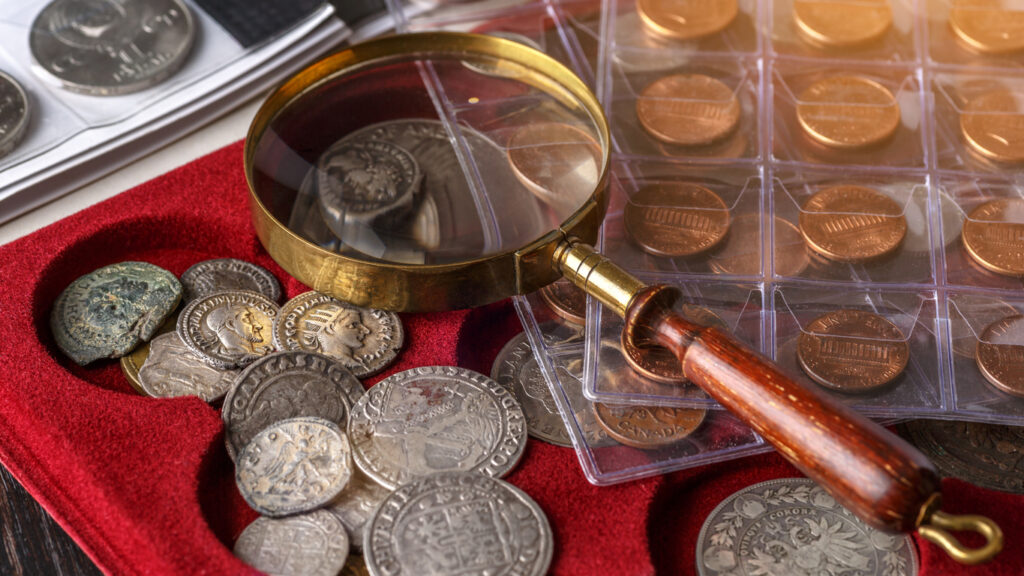
Many household items that were once common in baby boomer homes have become rare or unfamiliar to younger generations. These objects not only served practical purposes but also reflected the cultural and technological landscape of their time. From rotary phones to vinyl record players, each item captures a unique story of daily life and evolving consumer habits. Understanding these items offers insight into how domestic life has changed over the decades.
1. Rotary dial telephones still hanging on in many boomers’ homes.
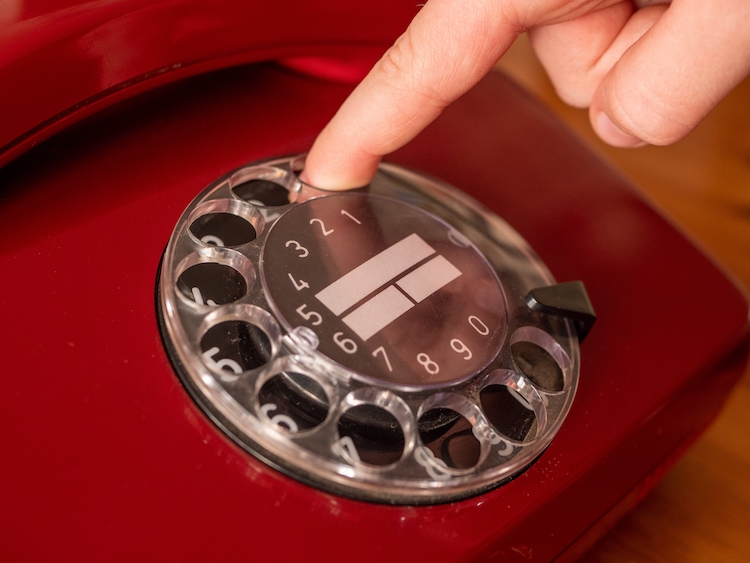
Rotary dial telephones, with their circular dials and finger holes, were once a staple in many homes. They transformed communication, allowing people to connect instantly over long distances. These phones required patience, as dialing a number involved spinning the dial back and forth.
For Baby Boomers, rotary phones symbolize a slower, more deliberate communication era. Unlike modern touchscreens, each call demanded physical effort as fingers traced the metal confines of the dial, as shared in Good Housekeeping. Today, they evoke nostalgia and are functional artifacts, often spotted in retro-styled homes.
2. Analog alarm clocks with bells that ring loudly to wake you.

Analog alarm clocks, notable for their bells and ringing hammers, were designed to jolt sleepers into wakefulness. The abrupt sound cut through dreamland haze with unfailing accuracy. Their tick-tock rhythm often stayed in sync with the ambient hum of the early morning.
Baby Boomers associate these clocks with an era before digital luxuries. Built to last with mechanical precision, they served as daily wake-up calls for many households, as stated in The Expert Editor. Unlike snooze buttons on modern devices, they entrusted morning routines to their undivided efficiency.
3. Classic lava lamps glowing softly in living room corners.
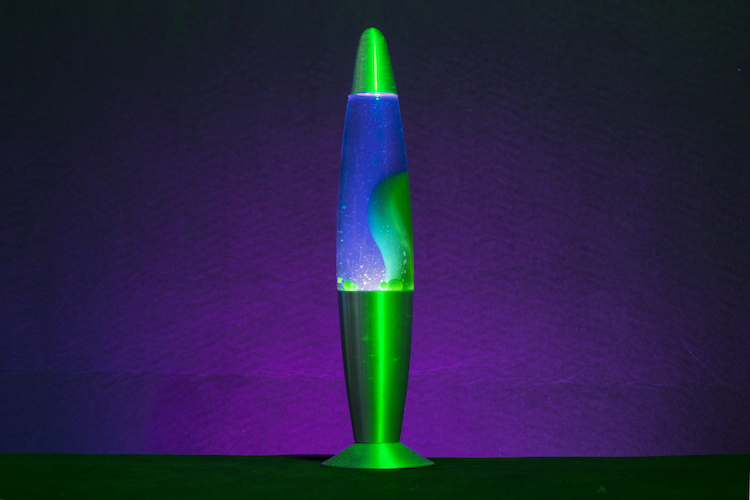
Classic lava lamps, with wax floating inside liquid, offer a mesmerizing display of color and motion. Introduced in the 1960s, their perpetual flow dances with a slow, captivating grace that recalls a bohemian spirit. They became cornerstones of cool in teen bedrooms or living rooms.
For Baby Boomers, these lamps evoke memories of groovy decor and experimentation, as mentioned in House Beautiful. Unlike today’s smart bulbs, they provided ambient lighting that felt almost mystical—an antidote to the harsh glare of fluorescent lights. Still popular as symbols of chill, they are emblems of a past age’s imagination.
4. Instant film cameras producing tangible photos right after snapping.

Instant film cameras like Polaroids allowed photographs to develop in real-time, capturing moments at the push of a button. When film emerged, anticipation electrified the wait for images to reveal themselves. Known for their instantaneous gratification, these cameras were iconic in spontaneous picture-taking.
For Baby Boomers, snapping and shaking a Polaroid felt magical—a tangible memory materializing in hand. Unlike digital captures, each photo was unique, preserved in vibrant squares. They remain cherished collectibles, reminding users of a time when memories unfolded directly from the camera’s lens.
5. Manual typewriters clacking loudly during early morning letter writing.
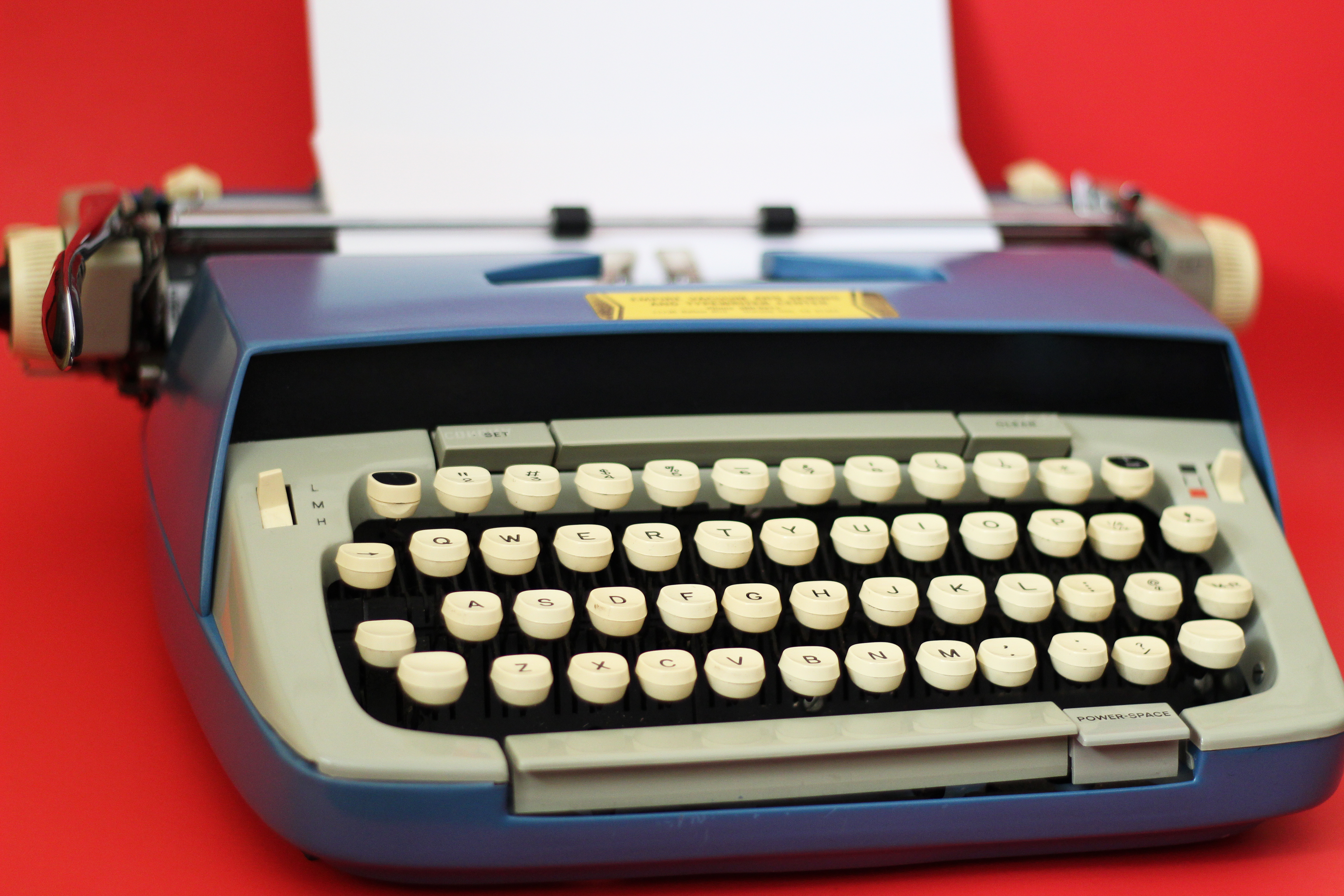
Manual typewriters, with their clattering keys and ink ribbons, were the backbone of correspondence and documentation. Each keystroke punched letters onto the page, carrying an inherent artistry in form. The rhythmic cadence enthralled users, marking a distinct era of written communication.
For Baby Boomers, they symbolize authenticity in expression, crafting letters without autocorrect or backspace. Unlike today’s sleek keyboards, these machines demanded focus and patience. They remain timeless artifacts, forging direct connections to thoughts articulated through tangible, physical strokes of creativity.
6. Vintage metal lunchboxes featuring cartoon characters from childhood days.

Vintage metal lunchboxes, often adorned with favorite comic or TV icons, marked individuality in school corridors. Built from tin or steel, they offered durability and whimsy, each design telling unique stories. Function met style as they carried sandwiches and treats.
For Baby Boomers, these lunchboxes are relics capturing childhood joy, signaling personal style in a crowded cafeteria. Unlike disposable bags, these were meant to last, with scratches and dings narrating daily adventures. Their collectible status today evokes fond reveries of simpler daily rituals.
7. Slide projectors used to show family photos on big screens.
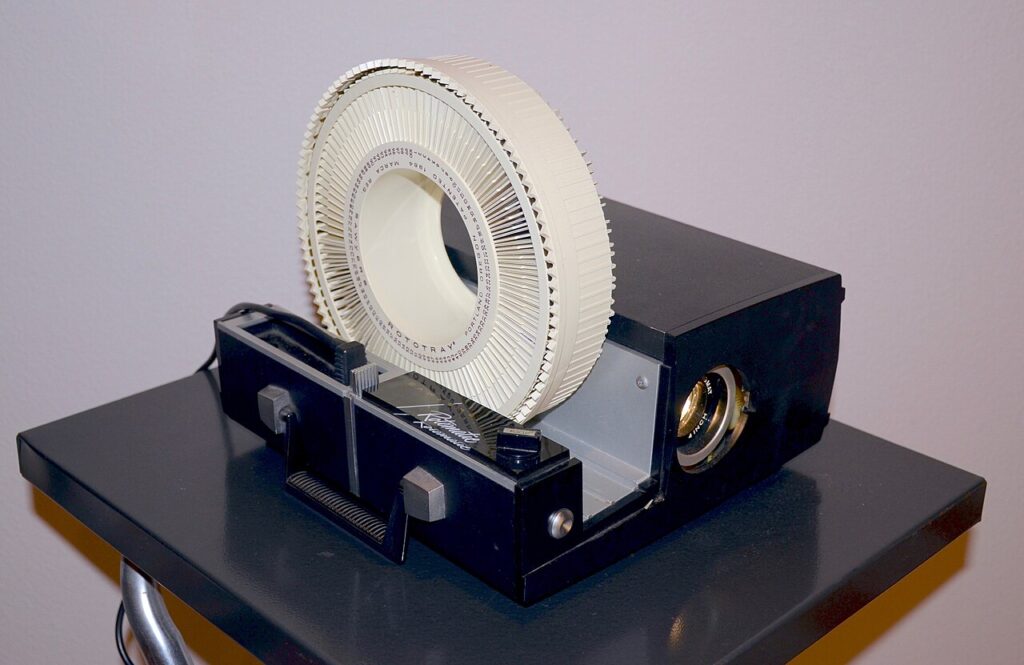
Slide projectors transformed living rooms into cinema experiences, casting family memories onto blank walls. Small slides lined up for presentation, light beaming through film strips to produce oversized photos. Articulating the spontaneous joy and community, these devices were standard for sharing adventures.
For Baby Boomers, slide projectors encapsulated social gatherings, projecting not just images but shared narratives. Unlike digital slideshows, each click carried anticipation and gathered families around. As hobbies shift, these projectors define a storied legacy, intimating nostalgic evenings bathed in warm light and reminiscence.
8. Polaroid film packs stored carefully for spontaneous snapshots.
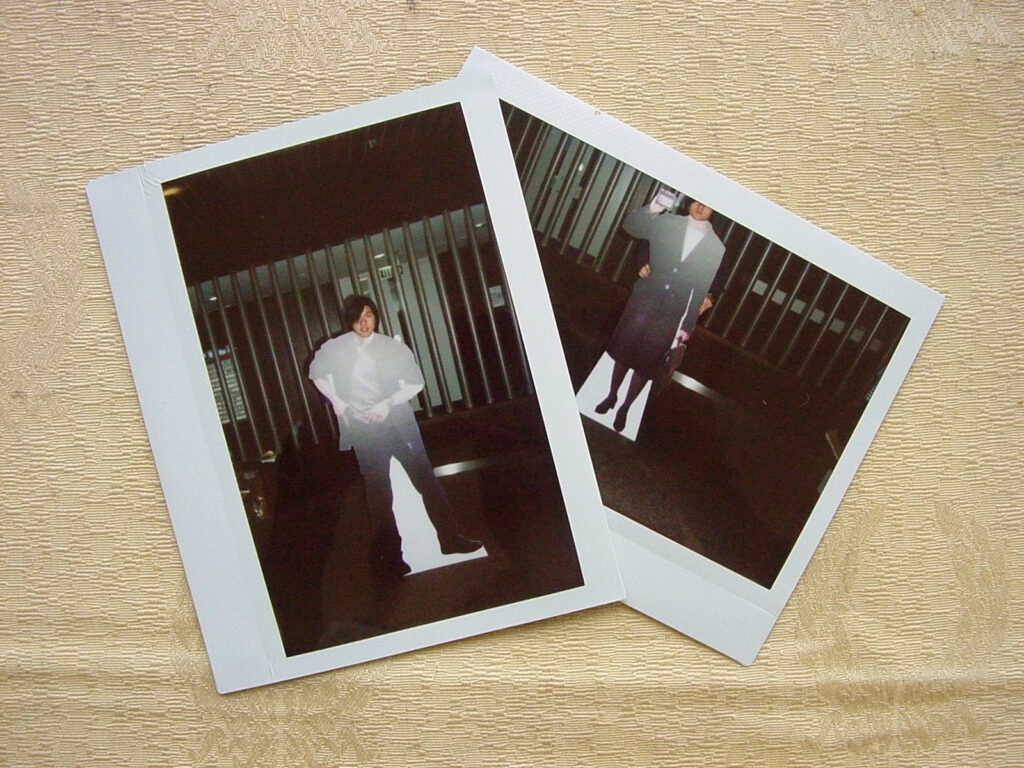
Polaroid film packs, vital for instant cameras, brought tactile joy to photography. Each pack contained sheets ready to capture life’s fleeting moments. Spontaneous photography thrived as Polaroid technology printed photos within minutes, bringing memories to life with immediacy.
For Baby Boomers, the film’s magic lay in capturing authenticity, each session a singular photograph. Unlike digital duplicates, these one-offs held intrinsic value, memorializing unrepeatable events. Carefully storing packs preserved potential snapshots, waiting eagerly for chances to turn visions into cherished prints.
9. Record players spinning vinyl records with warm, analog sound.
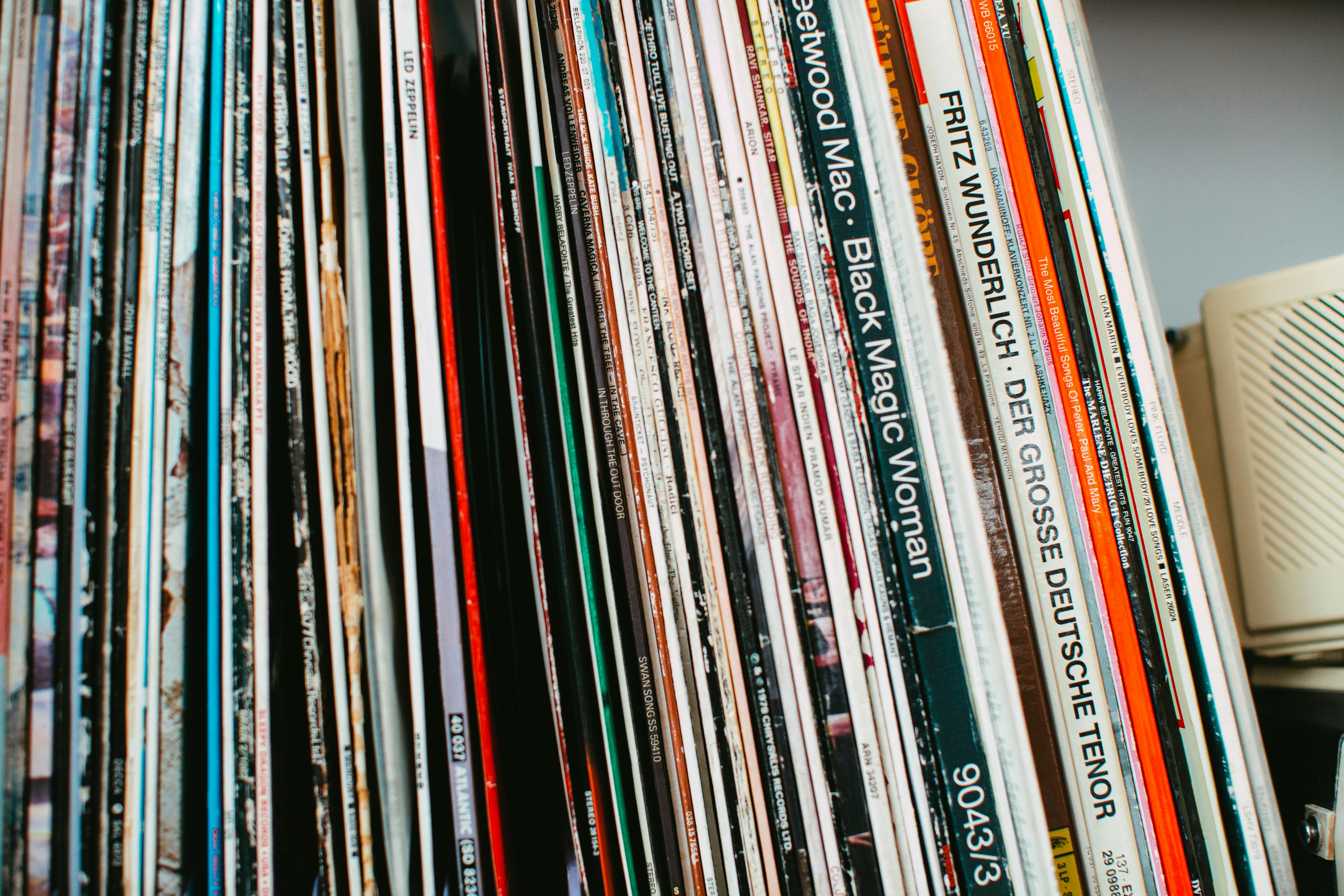
Record players revived music with a tactile music experience. As stylus met vinyl, warm analog sounds filled spaces, inviting immersion. Carefully handling records was an art form, and this turntable technology delivered music’s full range in a sound authentic to its recording.
For Baby Boomers, vinyl held memories, connecting listeners to layered harmonies long before digital clarity. Unlike instant streaming, manually selecting a track signified anticipation and commitment. Rediscovered today by audiophiles, they spin stories of an era when each needle drop reverberated deeply.
10. Electric can openers that click when dinner preparation begins.
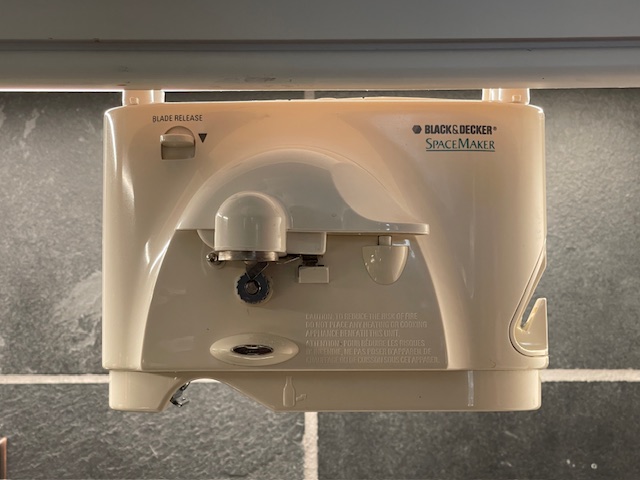
Electric can openers eased meal prep, quickly rotating sharp blades around tin edges. Transforming daily cooking, they offered convenience, particularly in bustling kitchens. These appliances embodied straightforward progress, simplifying the transition from pantry to plate.
For Baby Boomers, can openers represented kitchen innovation when small efficiencies made big differences. Unlike manual openers, these devices shifted perceptions of household gadgets. Today, they click to life in retro-inspired settings, echoing an era driven by practicality woven with minor mechanical marvels.
